CTR, or click-through rate, is a metric that specifies the percentage of total users that click on an ad while surfing it. Click-through rate (CTR) is used to assess the effectiveness of marketing campaigns, keywords in Google Ads and Google Search Console, advertising, and video advertising.
What is the click-through rate (CTR)? In short, the higher the CTR, the more advertising or organic traffic you get, and vice-versa – if the indexes are low, the ad is not of interest to visitors. CTR is also a dimension of ad relevance on paid web advertising resources such as Facebook, TikTok, Linkedin, Twitter, and Google Ads.
What factors affect CTR? There are many, including thoughtfulness and relevance of headlines, keywords, quality of depictions, and advertising content.
Click-Through Rate (CTR) vs. Conversion Rate
The conversion rate measures visitor action within the site, whereas the click-through rate (CTR) measures external activity. Unlike CTR, conversion rate shows what percentage of site visitors complete a specific action – a purchase or a subscription. How are the differences between these two indicators manifested? The following points can be highlighted:
- A high CTR is not indicative of ultimate profitability. If descriptions or keywords are poorly chosen and do not obviously explain the product/service to users, they might go to the site by mistake. As a result, there is no reasonable click-through rate CTR due to such transitions.
- CTR presents the number of visitors who “came from the ad,” while the conversion rate shows the number of users who made a purchase.
Both indicators demonstrate the effectiveness of the chosen marketing strategies for improving CTR meaning.
How to Calculate Click-Through Rate (CTR)

The following formula is used to figure out the click-through rate (CTR):
CTR = Total Clicks / Total Impressions ∗ 100
For email newsletters, the number of impressions refers to the total number of recipients of promotional emails.
The final result may depend on the niche, circumstances, and other items – but an average of 2% is an excellent outcome.
List of The 17 Ways to Improve Click-Through Rate (CTR)
Sometimes Ads do not produce the desired result, and despite their high percentage, available clicks do not always result in sales. What to do in this case to raise click-through rate CTR? Let’s discuss the current methods for correcting the CTR situation.
Use Heatmaps to Improve Site Clicks
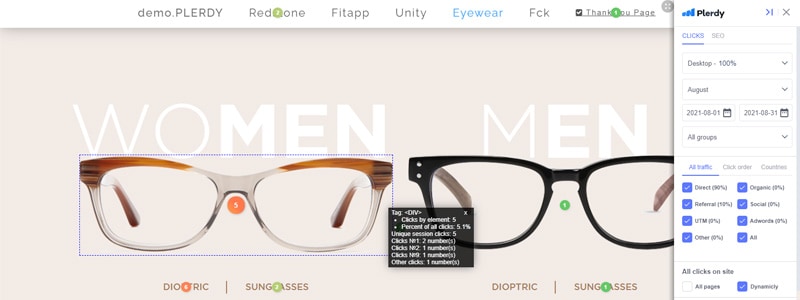
Heatmaps are a quick and easy route to understand which elements are clicked on the most (for good CTR), which areas motivate users to leave the site, and which go unnoticed and without clicks.
Why is it important to consider the results of heat map analysis to improve click-through rate CTR? The more bounces you have, the lower site will rank because the search engine perceives such sites as useless. Heatmaps allow you to see how to improve CTR and avoid such ranking issues.
Heatmap tools from Plerdy will help you analyze and see how users behave.
Improve your Quality Score
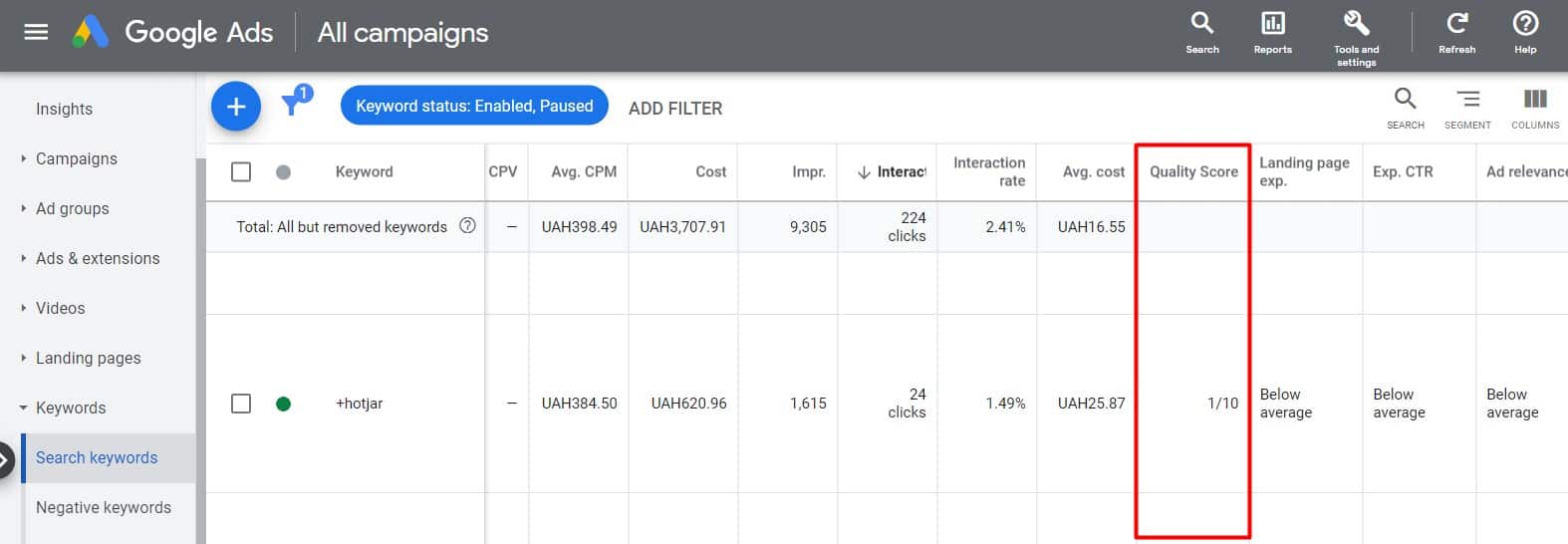
Quality Score is tracked in Google Ads applying Keyword Score. Each of them receives from 0 to 10 points with the following factors:
- Advertisement relevance and quality.
- Google’s prediction of whether someone will click on the ad.
- An estimate of what users get when they visit the site.
The higher your score, the higher the ranking, the lower the cost per click, and the higher the CTR. Google has provided a guide – it has answers to all questions regarding Quality Score.
Utilize smart bidding strategies
When setting bids, Google automates the delivery of ads to get to those auctions that are more likely to obtain clicks. Thus, more accurate and targeted auctions will increase CTR. The most substantial pluses of AI bidding are automatically adjusting bids for keywords on each auction.
Test different ad types
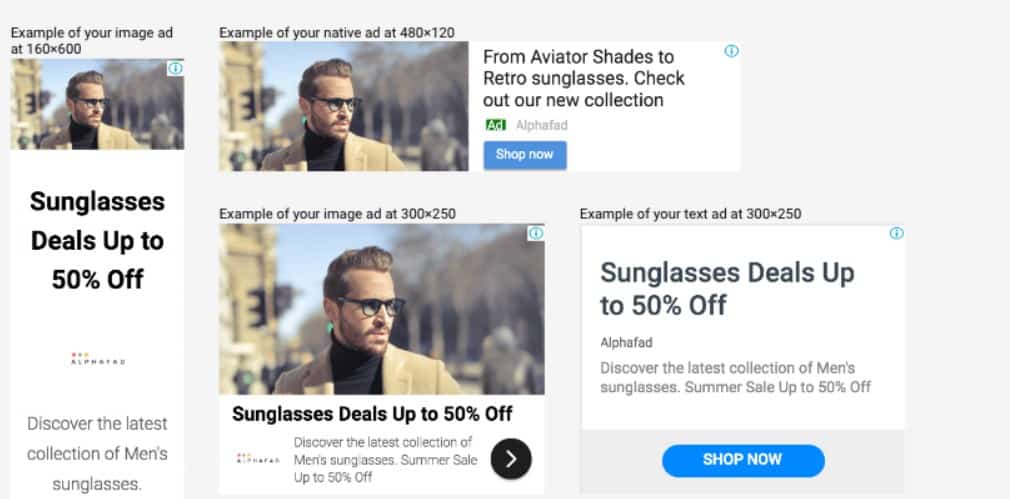
Don’t just stop at expanded text ads. According to statistics, responsive ads generate more clicks because they target a specific audience. They have the advantage of using more than three title fields and two description fields. As a result, the chances of being displayed for a more relevant search query are significantly increased.
Create tightly themed keyword groups

The more keywords are in the list, the less likely it is that people will find a phrase of interest in the ad. By forming smaller and more certain topic groups, you will increase click-through rate CTR by the chances of meeting user petitions.
Highlight pricing in ad copy
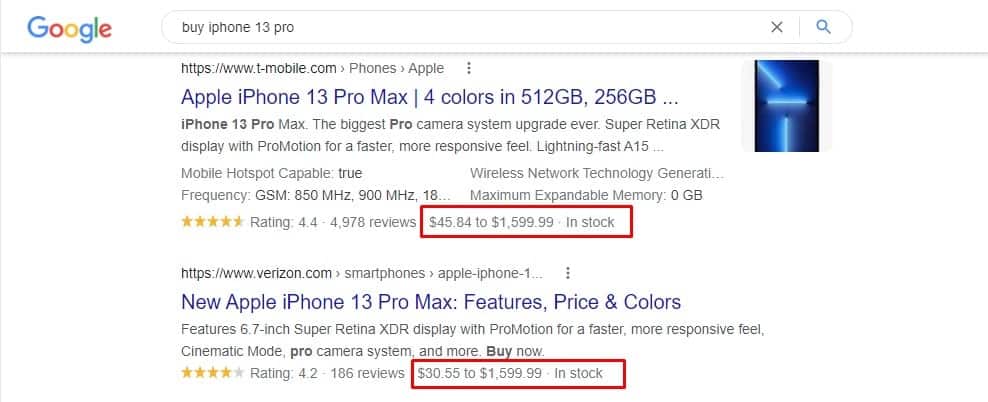
Ads with a price in the text description are more distinct and give you an edge over your competitors. Especially if the price is below the market standard, a buyer will click on an ad faster than a competitor with a higher cost if they are side by side. In addition, such a description instantly answers one of the head questions without first clicking on the link.
Why is it so efficient for CTR? You simplify the task for buyers; their opinion of you will improve CTR by encouraging them to take action and click on the ad.
Use remarketing audiences
With the help of a remarketing campaign, you can choose the audience you want to reach and set up ads based on what users want. In addition, you can weed out those who will not bring you income using data about user actions and their interests. Your ads will be tailored to concrete users. For example, knowing that a visitor has viewed a particular product, you can target ads based on that visitor’s views.
Use Long-Tail Keywords

Long-tail keywords are more demonstrative and specific for better click-through rate CTR. Users will more operatively click through to an ad or link in a Google organic listing when they realize that the ad contains precisely what they are looking for. For example, if the keyword is “furniture,” the chances that the ad will get into the view of a potential buyer are minimal. There are thousands of ads! But if you add specifics – to clarify – “modern-style sofa,” the chances of click will significantly improve CTR.
Write Effective Meta Descriptions
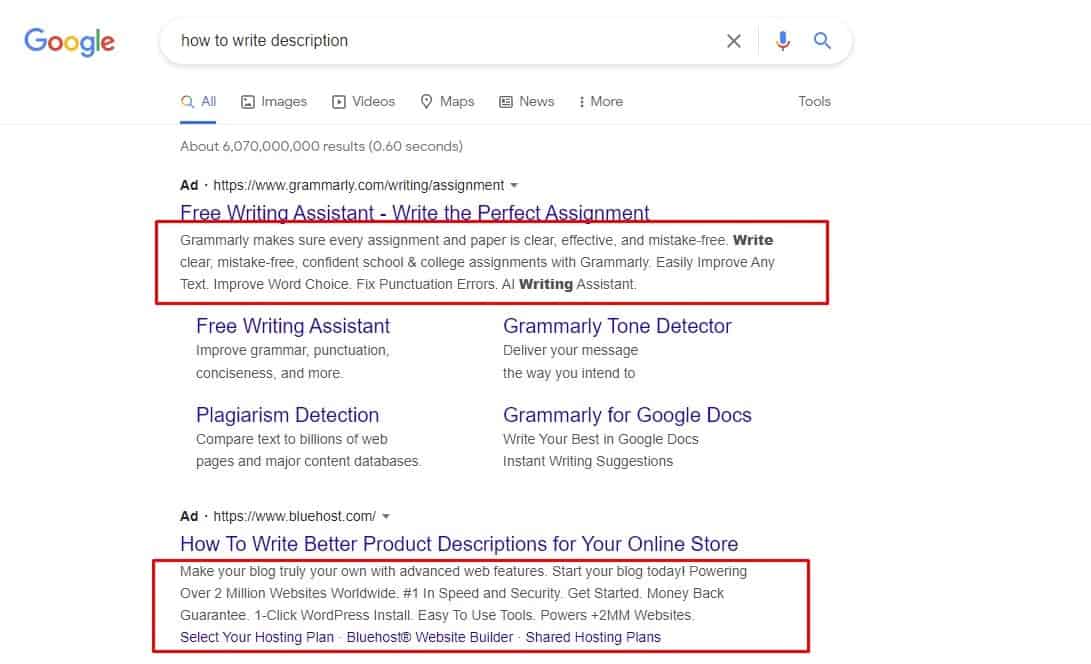
Use keywords in the meta description to help persons understand that they will solve their problems by click on the link. How exactly can you improve the meta description to get more people to click on it? Here are some ways:
- Answer the main questions. Try to fit in 160 characters a clear answer to the user’s query.
- Make it separate and relevant — no water in a short definition – plus the willingness to follow the link.
- Use strong language. Try to convince readers that they should visit the page. For example, use emotionally charged words and phrases.
For better click-through rate CTR, make a mini-presentation of sorts.
Create Posts With Images
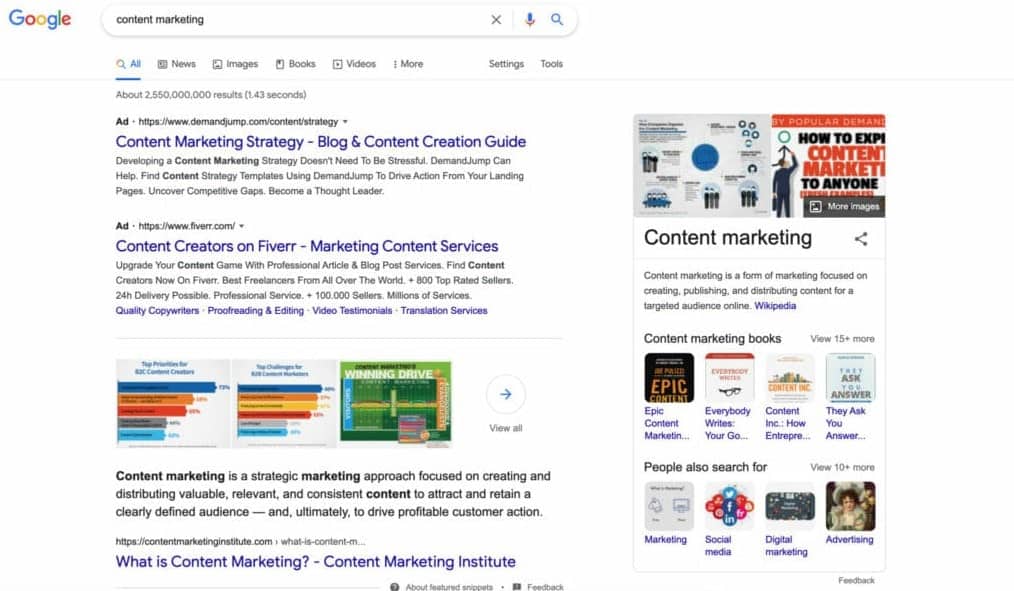
Creating posts with pictures is a traditional method that can significantly increase click-through rates (CTR). Vivid images displayed in the search engage the attention of users. In addition, it will increase traffic to the site from image searches and improve CTR.
Use Descriptive URLs
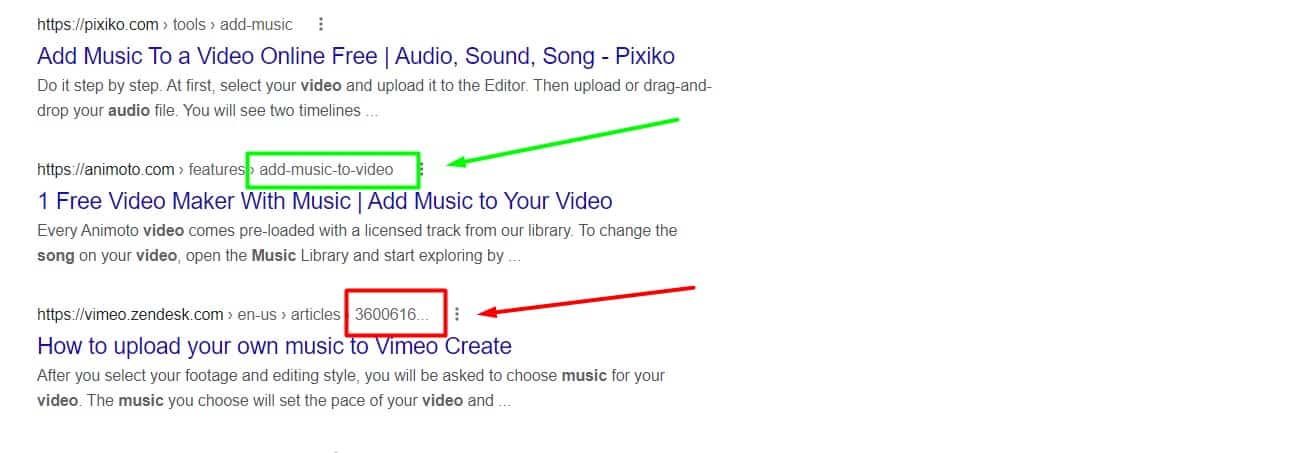 One of the most important pieces of information is the URL for a good click-through rate CTR. Make it more understandable. Add a keyword to it, thereby reinforcing the content’s relevance. And write as short as possible – such addresses are quickly read, catch the eye faster and click.
One of the most important pieces of information is the URL for a good click-through rate CTR. Make it more understandable. Add a keyword to it, thereby reinforcing the content’s relevance. And write as short as possible – such addresses are quickly read, catch the eye faster and click.
WordPress users can do this in the permalink settings.
Localize Your Content
If you have a business that is provided localized, this method will narrow down the display to real potential clients. So you can align those who are specifically looking for your product and get vigorous CTR customers.
How to do it? Add a mention of your location to the content. Post your company information on Google My Business (GMB) to add you to the map.
A/B Test Headlines on Social Media
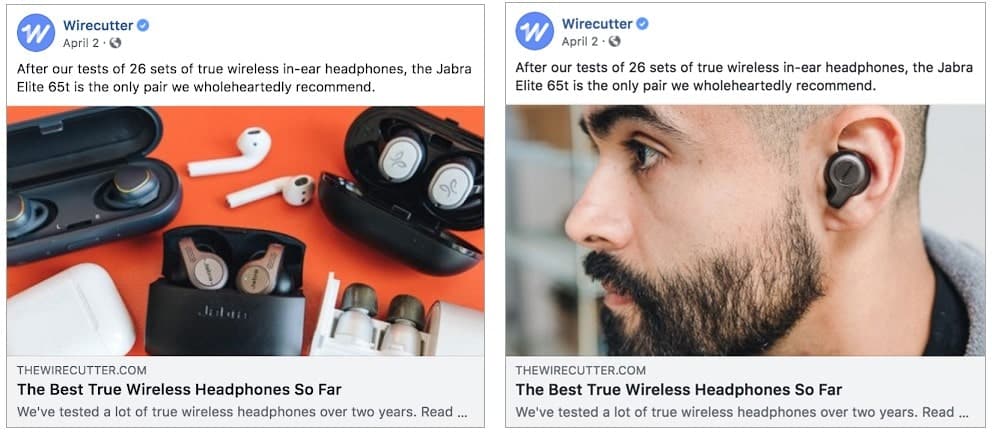
Share an article on social networks, wait a few days – and change the title. Then expect the same amount of time and compare which headlines had a higher engagement coefficient. This way, you will see which option will be successful among a larger public to improve CTR.
You can optimize the title using the CoSchedule instrument.
Optimize Site Speed

Google’s priorities are Page Experience and Web Core Vitals. They are essential CTR and ranking factors. And even if the user clicks on your link, a long wait time will prompt him to leave the page without waiting for the entire load. According to statistics, waiting times up to 3 seconds improve the number of failures by 32% and up to 5 seconds – by 90%.
Build High Converting Landing Pages
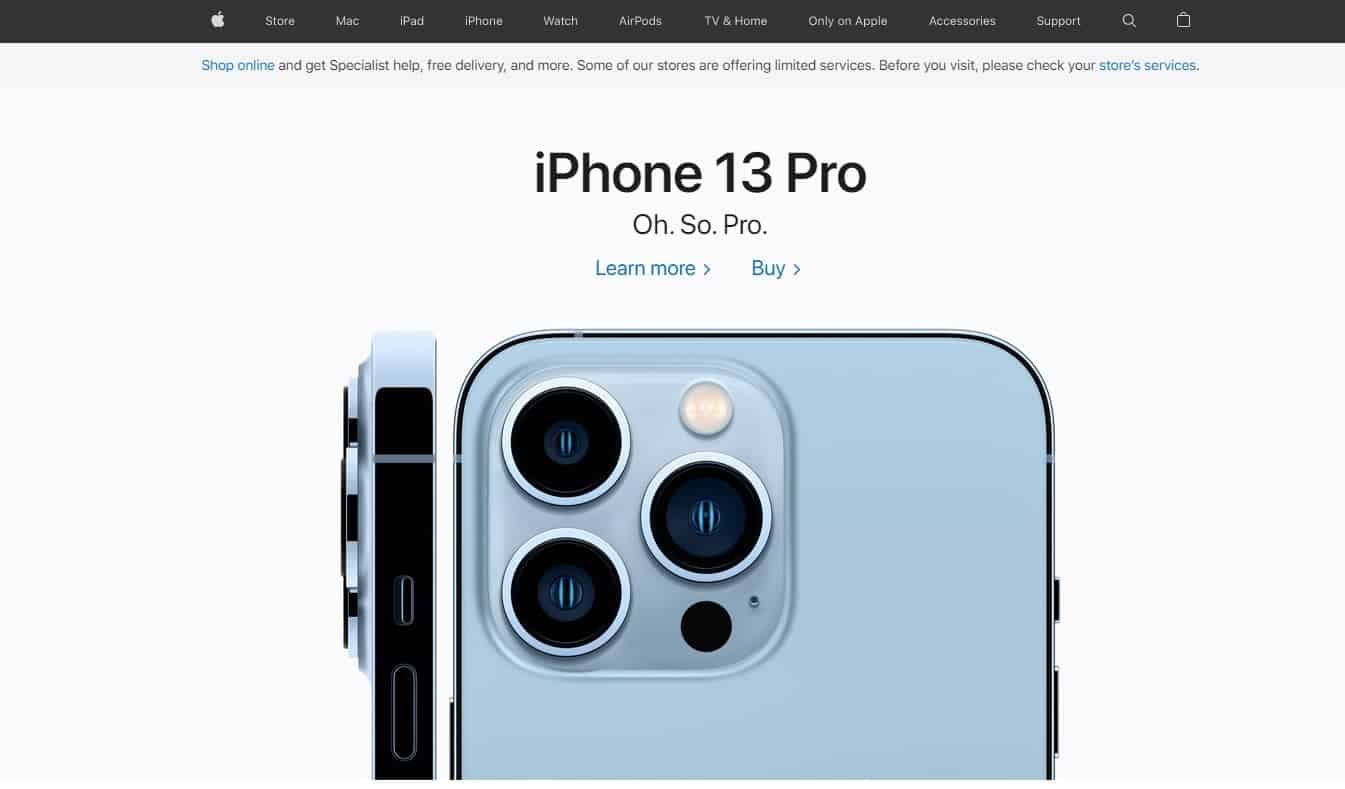
Well-designed landing pages are an effective source of traffic. The following boost CTR enhancements will help you achieve your purpose:
- Research the landing page anatomy. A concise and reprehensible title, high-quality visual design, an exciting video, and a call-to-action text are the components of a high-converting website. Users notice it, and it “knocks out” in the first search positions.
- Optimize UX. Fast loading, ease of use, and understandability of the interface are vital properties of a website for users.
These factors will increase the conversion and click-through rate (CTR).
Use Structured Data

Google analyzes the context of each website. But for all the information to be translated correctly, the data must be structured. That is, e-commerce websites have schema codes that are “extended snippets.”
This provides Google with contextual information about your website. In other words, structured data (also known as Schema markup) is required to present information about your website to Google in a language that it understands.
You can highlight the information for Google by selecting the appropriate codes. These simple codes assist you in obtaining basic contextual information about a business and its products. Google may be able to better understand your content and interpret it using relevant search terms.
As a result, your site’s visibility for relevant search queries improves, attracting more visitors to your portal. Increased traffic and click-through rate CTR will significantly improve the performance of your website.
Use CTAs to improve CTR

A call to action (CTA) is a prompt that asks a website user to perform a specific action. The most popular call to action you often see on various pages:
- Buy a product.
- Read more.
- 50% off today only.
- Register now.
- Try a free 3-day trial.
- Sign up for a free webinar.
These can be small buttons or pop-ups. The analysis of such SEO “weapons” for improving CTR showed that users click on such buttons more often because they are slightly insecure in their actions. They hesitate and are confused, and you offer them the right solution. They would like to click the button because it is a profitable offer.
Watch how CTR improves because users apparently interact with your platform. You encourage people who come to you, ask them to share their convictions, leave a review, or write a comment. No matter what color this call button is, its major aim is to help users achieve their goals and improve your site’s CTR.
Conclusion
When improving CTR, remember that data analysis must go hand in hand with conversion rates, as net CTR is not a measure of profit. Use accessible optimization methods and regularly improve your site CTR to skew wasting money on unprofitable impressions in the search mechanism.
